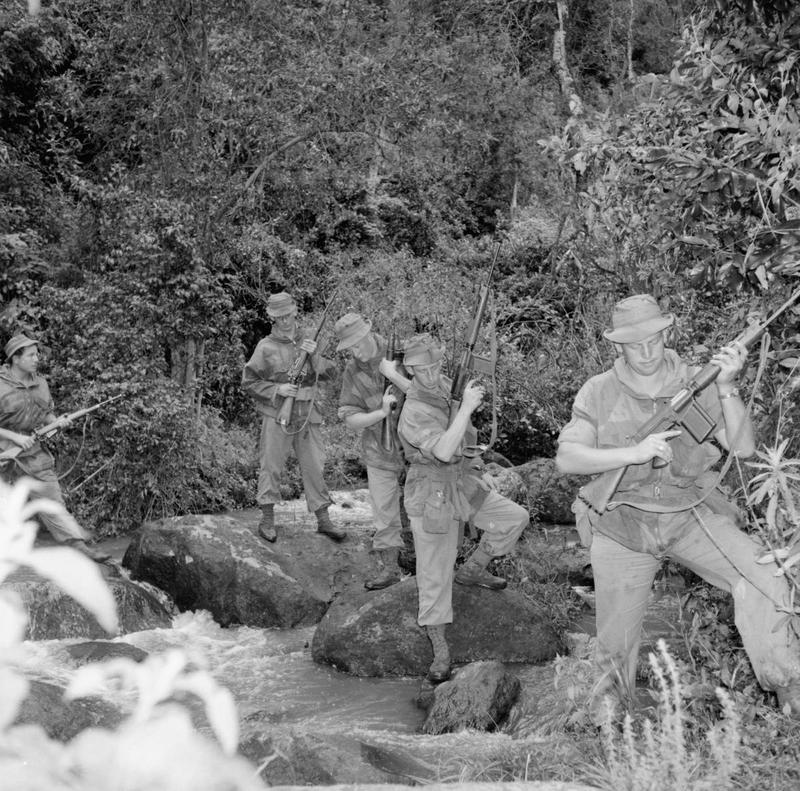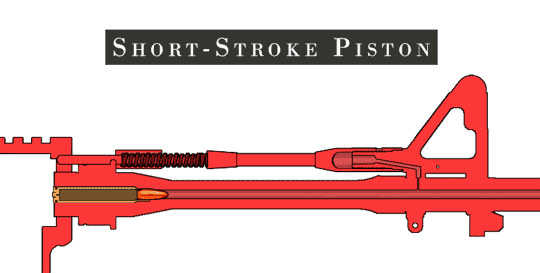In the dying days of World War Two, well before the invention of the AR10 or AR-15, when the M1 Garand was king of the hill – and laser beams and night vision goggles were the stuff of science fiction – a rifle was conceived in Belgium that would come to be known as “the right arm of the Free World.”
By Richard Douglas

In the Beginning

Originally designed in 1946 to fire the 7.9×33 Kurtz cartridge (same as the STG 44), the FAL (short for Fusil Automatique Léger or Light Automatic Rifle) was initially tested by the British, who requested that the rifle be re-chambered for their new .280 round. The British also asked for a bullpup-configured layout, and presented both the FAL and their own EM.2 rifle to the United States Army for testing. The United States had already developed their new 7.62x51mm cartridge and insisted that the FAL should be re-configured for that caliber – as well as insisting that all of NATO should standardize on 7.62x51mm as the new standard small arms caliber.

Adoption
Production of the FAL began in 1953 at Fabrique Nationale in Belgium. At this time the United States Army was testing its own rifle designs, one of which would become the M14. Despite performing very well in tests by the US Army, the foreign FAL was rejected in favor of the more traditional looking M14. Despite, or maybe because of this rejection by the Americans, the UK and many other NATO nations lined up to buy the Belgian wonder rifle.

Over 85 different nations would eventually adopt the FN-FAL in various forms. Many nations, like Argentina and South Africa, would produce the design locally under license. The British went a step further and reverse-engineered the rifle from metric to standard, calling it the L1A1. The magazines for the metric and inch variants are slightly different, but inch pattern rifles will accept both, while metric rifles can only use metric magazines.

How it Works
The FAL utilizes a short-stroke gas piston similar to the SKS. A small burst of gas from firing is directed into a gas tube that houses a piston and operating rod, forcing it rearward a short distance at high velocity. The operating rod pushes against the bolt face, which is shoved rearward by the gas pressure acting on the piston. The bolt then continues to the rear under its own inertia and returns forward via spring tension.

Use
The FN-FAL has been present, both officially and illicitly, in nearly every conflict since the mid-1950s. The sheer number of nations that chose it for their military (a majority of all nations not allied with the USSR) gave it the nickname “The Right Arm of the Free World”. So many countries have used it that in some conflicts, notably the Falklands War, both sides were equipped with FAL variants.

Conclusion
The FAL is also still fielded by several dozen militaries in frontline and support roles, making it one of the longer serving service rifles. It continues to pop up in conflicts around the globe and will likely continue to do so for generations for the same reasons that it was adopted militarily, it is an accurate, reliable, rapid-fire rifle chambered for a powerful standard cartridge.

———
About the Author:
Richard Douglas writes on firearms, defense and security issues. He is the founder and editor of Scopes Field, and a columnist at The National Interest, 1945, The Daily Caller, and other publications.
